Ernesto Lamagna ( born 1945) is a contemporary Italian sculptor. He was born in Naples and lives and works in Rome. He studied at the Academy of Fine Arts in Naples and has presented in Italy and abroad. His works include:
Lamagna was the secretary for sculpture of the Pontifical Academy of Fine Arts and Letters, Virtuosi al Pantheon in Rome from 1998 to 2003. He is the creator of the processional hammer and cross used in 2000 for the Great Jubilee, which is now conserved in the Treasures of the Vatican museum. He participated in a collective exhibit in 2000 to which he contributed the Angel of Light now displayed in the State Basilica of Saint Mary of the Angels in Rome. He contributed the sculpture of Ecce mater Dulcissima in the 2003 exhibit in Rome to celebrate the 25th anniversary of the pontificate of Pope John Paul II. Between 2004 and 2006, Lamagna created the sculptures for the Dehumanitat exhibit at the European Parliament in Brussels. In 2007, he presented the exhibit Ora Nona at Palazzo Venezia in Rome. As of early 2009 he is “embedded” with a contingent of the Italian military as an art instructor to Afghan civilians in Herat, Afghanistan.

The Sanctuary of Saint Michael the Archangel is a Roman Catholic shrine on Mount Gargano, Italy, part of the commune of Monte Sant'Angelo, in the province of Foggia, northern Apulia. It has the dignity of a minor basilica.

Corrado Giaquinto was an Italian Rococo painter.

Guillaume Geefs, also Willem Geefs, was a Belgian sculptor. Although known primarily for his monumental works and public portraits of statesmen and nationalist figures, he also explored mythological subject matter, often with an erotic theme.

Ricardo Bellver was a Spanish sculptor.
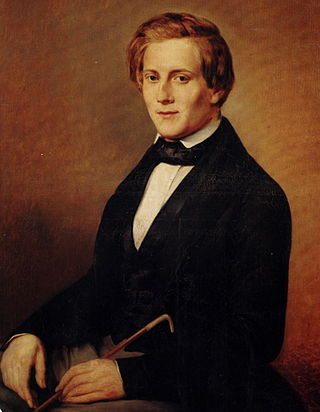
Mathieu Kessels was a Dutch Neoclassical sculptor who mainly worked in Rome.

Pietro Canonica was an Italian sculptor, painter, opera composer, professor of arts and senator for life.
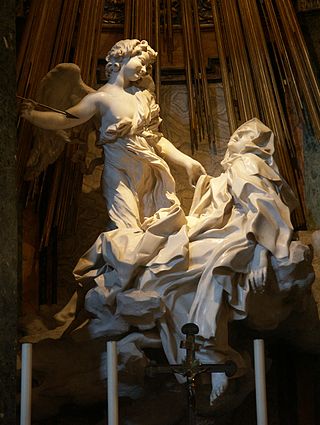
Baroque sculpture is the sculpture associated with the Baroque style of the period between the early 17th and mid 18th centuries. In Baroque sculpture, groups of figures assumed new importance, and there was a dynamic movement and energy of human forms—they spiralled around an empty central vortex, or reached outwards into the surrounding space. Baroque sculpture often had multiple ideal viewing angles, and reflected a general continuation of the Renaissance move away from the relief to sculpture created in the round, and designed to be placed in the middle of a large space—elaborate fountains such as Gian Lorenzo Bernini‘s Fontana dei Quattro Fiumi, or those in the Gardens of Versailles were a Baroque speciality. The Baroque style was perfectly suited to sculpture, with Bernini the dominating figure of the age in works such as The Ecstasy of St Theresa (1647–1652). Much Baroque sculpture added extra-sculptural elements, for example, concealed lighting, or water fountains, or fused sculpture and architecture to create a transformative experience for the viewer. Artists saw themselves as in the classical tradition, but admired Hellenistic and later Roman sculpture, rather than that of the more "Classical" periods as they are seen today.

Innocenzo Spinazzi (1726–1798) was an Italian sculptor of the Rococo period active in Rome and Florence.
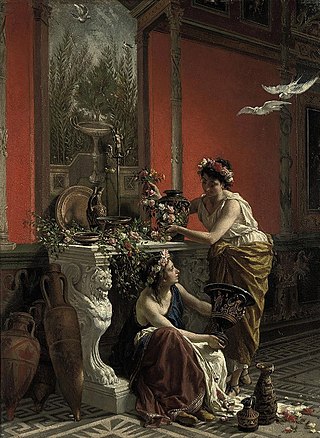
Cesare Mariani was an Italian painter and architect of the late-19th century, active in Rome and Ascoli Piceno.

Giovanni Dupré was an Italian sculptor, of distant French stock long settled in Tuscany, who developed a reputation second only to that of his contemporary Lorenzo Bartolini.
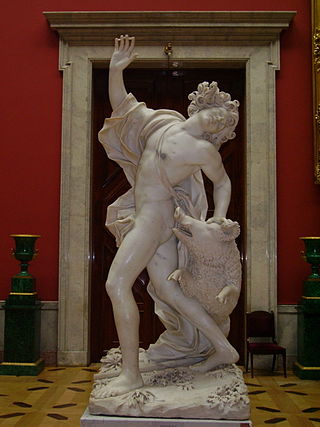
Giuseppe Mazzuoli was an Italian sculptor working in Rome in the Bernini-derived Baroque style. He produced many highly accomplished sculptures of up to monumental scale but was never a leading figure in the Roman art world.
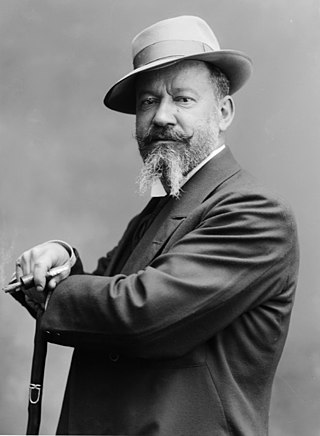
Raffaello Romanelli was an Italian sculptor, born in Florence, Italy.

Stanislao Lista was an Italian sculptor active in Naples.
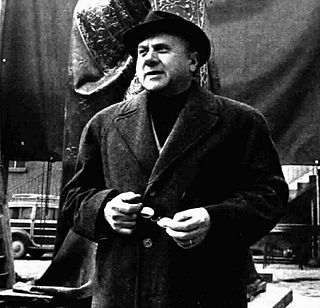
Francesco Messina was an Italian sculptor of the 20th century.

The Abbey of Santa Giustina is a 10th-century Benedictine abbey complex located in front of the Prato della Valle in central Padua, region of Veneto, Italy. Adjacent to the former monastery is the basilica church of Santa Giustina, initially built in the 6th century, but whose present form derives from a 17th-century reconstruction.
Vincenzo Severino (1859–1926) was an Italian painter, active mainly in Naples and Rome.

Teofilo Patini was an Italian painter, active in a Realist style.
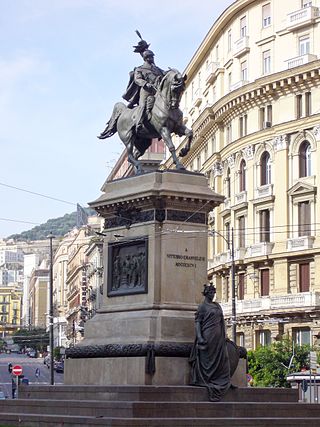
Tommaso Solari was an Italian sculptor active in a Romantic-style.
Emilio Gallori (1846–1924) was an Italian sculptor, principally of historical monuments and religious statuary.

Francesco Nagni was a 20th-century Italian figurative sculptor, best known for the grave of Pope Pius XI in the Vatican.